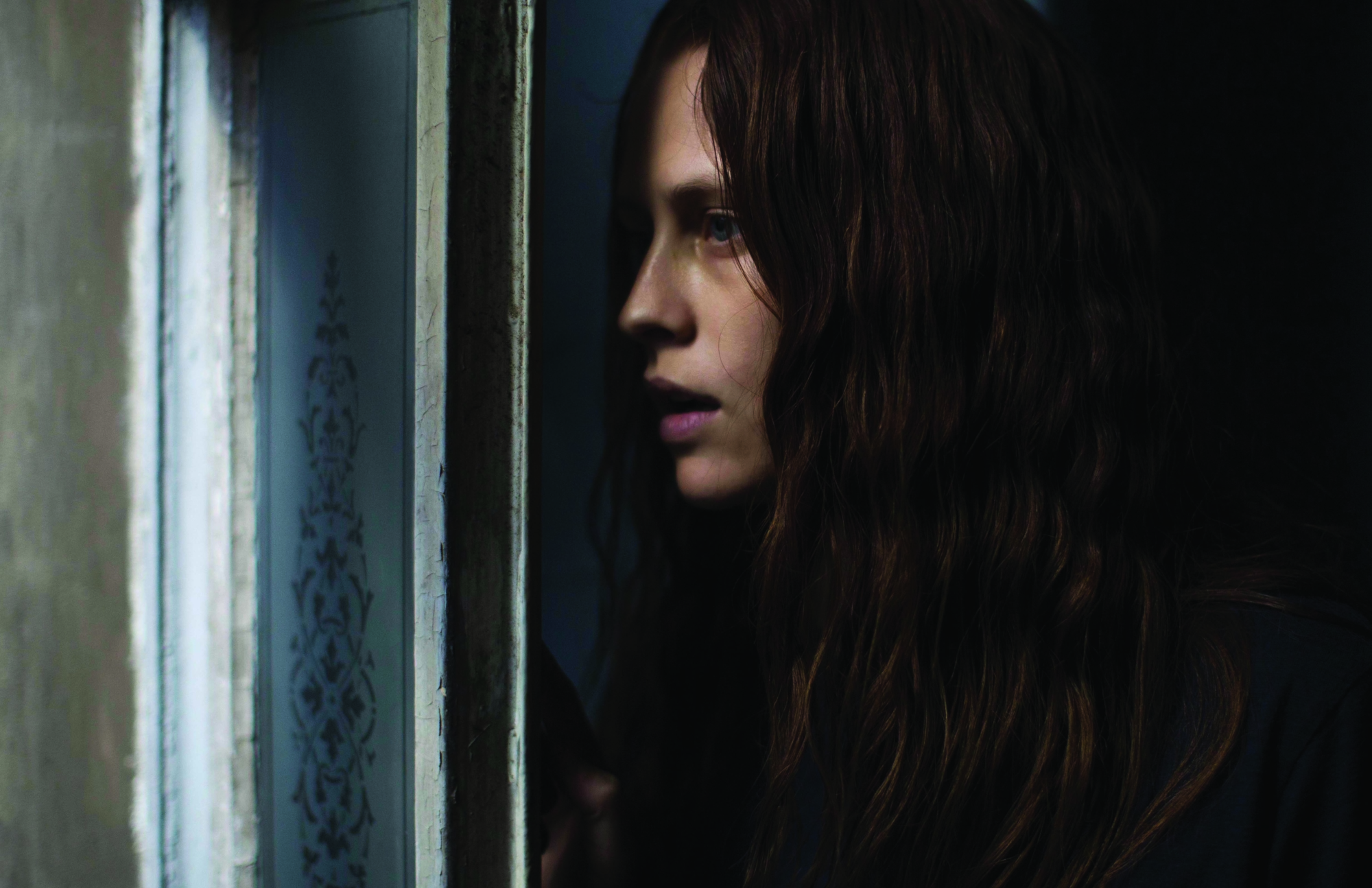Why didn’t she just leave? they might ask. Didn’t she know better?
We all like to imagine that, if we found ourselves in the sorts of physically or emotionally violent situations that we hear about on the news and see in the movies, we would be strong enough to extricate ourselves. That we are smart enough to not be hoodwinked in the first place, or have the strength to leave, or have the power to escape. But, as we saw in this year’s much-talked-about HBO miniseries Big Little Lies, which courted media attention and controversy for its depiction of domestic violence, it is rarely that simple. In these situations, there are often dozens of unknowable answers to unaskable questions. To interrogate why somebody, say, doesn’t just walk away from an abusive relationship isn’t just insensitive, but profoundly cruel – not least of all because the victim has no doubt already asked themselves that and many other related questions.
Like Big Little Lies, Berlin Syndrome (Cate Shortland, 2017) is adapted from a novel by an Australian author – in this case, Melanie Joosten’s book of the same name – but charts another kind of violent relationship. This one is less symbiotic, with even murkier edges and scarier real-world concepts. It’s one less premised on the kind of psychological entrapment experienced by the characters played by Nicole Kidman and Reese Witherspoon, instead focusing on a woman who is physically unable to escape the violent circumstances that she has been locked in.
Unlike slick and glossy American thrillers such as Enough (Michael Apted, 2002) or Sleeping with the Enemy (Joseph Ruben, 1991) – in which Jennifer Lopez’s and Julia Roberts’ respective characters fight off abusive husbands, the latter even faking her own death in a plot twist reminiscent of some sort of absurd game of Mad Libs – Berlin Syndrome posits actual answers for the terrible questions people ask of sexual-violence survivors. And, significantly, it addresses them through a riveting piece of art cinema made not-so-coincidentally with women in key production roles.
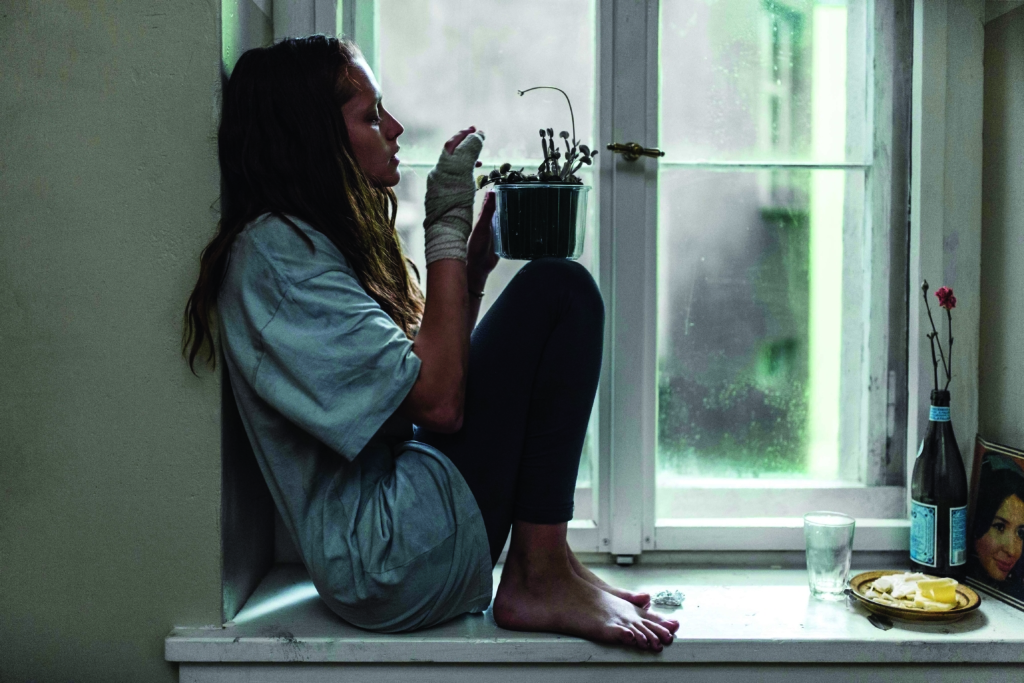
Narrative trappings
Berlin Syndrome stars Teresa Palmer as Clare, an Australian backpacking while on sabbatical in Berlin, where she takes photographs when not boozing with other guests at her hostel or rummaging through art books in shops. Clare has plans to fly to Amsterdam, but a chance encounter with a handsome schoolteacher named Andi (Max Riemelt) – who, conveniently, teaches English, allowing the film to play out without awkward language barriers – has her reconsidering. Andi is charming and intellectual, and not the kind of man that Clare, or many other people, would have qualms about following home for sex. They share a night of passion, with the camera lingering on Clare’s pleasure, but, as the sun filters through the windows in the morning, she goes to leave and finds the door locked. She thinks little of it and, upon his return from work that evening, he feigns ignorance: ‘I thought I left [the key] on the table,’ he says. The next morning, she makes a point of asking him for the key and watches him place it on the table, knowing full well that she won’t be able to leave using it.
It’s in these early scenes that Shortland makes important decisions. She sets up the character of Clare as a woman with a multitude of dimensions, albeit one whose yearning for adventure – ‘predictable’, as Clare labels it – means that she is too easily swayed by impulse even when her smarts tell her otherwise. We see this in the way the film hints at her alertness, as when the sound of a locking car door fills the soundtrack, or when she follows Andi through the darkened corridors of his seemingly abandoned apartment building with obvious trepidation. We see this in the way the film focuses on Clare’s sexual gratification, rather than Andi’s.
Unlike slick and glossy American thrillers such as Enough or Sleeping with the Enemy … Berlin Syndrome posits actual answers for the terrible questions people ask of sexual-violence survivors.
On top of the physical barriers that confine Clare to Andi’s apartment, Berlin Syndrome offers psychological insights into some of the machinations behind abusive relationships. Clare doesn’t suffer from Stockholm Syndrome as we know it, as the title would suggest, but rather a mutated form of it. Rather than aligning with and sympathising with her captor, she instead adapts to him and her situation. She begins to fend for herself during daylight hours while he is at work, finding glimmers of satisfaction from defrosting and frying a steak, getting the coal heater to work, and painting her nails a shade of bright fuchsia after finding a bottle of Hot Salsa polish in a bathroom cupboard. She falls in love with the puppy that Andi brings home – a gamble on his part to guilt her into staying. She uses her time to investigate every nook and cranny of the apartment, and tease out information from Andi that could eventually put them on equal footing.
Setting choices
Each of Shortland’s films has followed a young woman who goes in search of something deeply personal, only to be weighed down by the world around her – whether that be directly or symbolically. Her debut feature, Somersault (2004), starred Abbie Cornish as Heidi, who flees unrest at home and heads for the rural town of Jindabyne; there, however, she finds herself the centre of even more of it because of her looks. The director followed that eight years later with Lore, a World War II drama of enormous scale, in which the eponymous daughter (Saskia Rosendahl) of Nazi parents guides her siblings across the changing wartime geography of her home country to an unsure ideal of safety.
With both Lore and, now, Berlin Syndrome, Shortland has shifted her gaze from the conflicting sexualities and lonely malaise of Australia – seen also in her 1999 Bondi-set short film Flowergirl – to Germany, a country whose violent and troubled history is far less hidden. Germany isn’t shy about acknowledging its past; this is noteworthy because, as Sarah Ward has observed for the Goethe-Institut Australien,
Forgetting harsh realities is easier than facing them, a situation that every monument dedicated to atrocities, every plaque in a tourist destination, and every remaining piece of the Berlin wall rallies against.[1]Sarah Ward, ‘An Australian Filmmaker’s Visions of Germany’, Goethe-Institut Australien website, May 2017, <https://www.goethe.de/ins/au/en/kul/sup/kio/20983424.html>, accessed 26 July 2017.
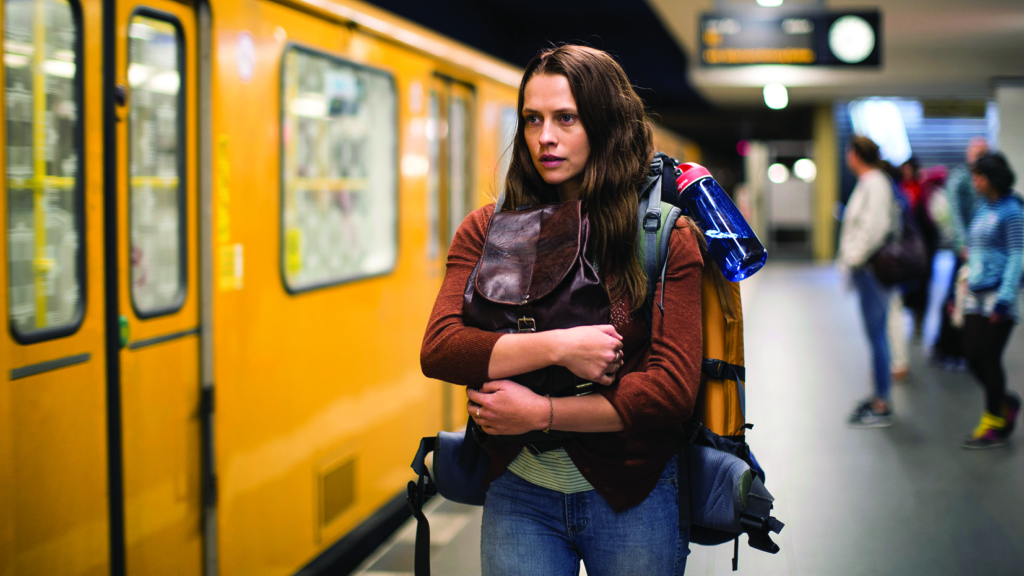
Because of this history, Berlin is not only a narratively convenient setting for a film with a storyline revolving around abuse, but also a thematically appropriate one. This is a city where the horrors of the past don’t just lurk around every darkened corner, but demand attention in the middle of the street in pure daylight. This thought is made clearer by Joosten herself, who has spoken of the sensations she experienced while crossing the cobblestones that mark the path of the Berlin wall:
What was it like to live with one’s freedom so curtailed? To not be able to leave (and return) at will, not to mention all of the other restrictions imposed on a person’s life?[2]Melanie Joosten, ‘The Story of My Book: Melanie Joosten on Berlin Syndrome’, Readings website, 11 July 2011, <https://www.readings.com.au/news/the-story-of-my-book-melanie-joosten-on-berlin-syndrome>, accessed 26 July 2017.
It would have been easy to relocate Berlin Syndrome’s story to almost anywhere else in the world – as the makers of Big Little Lies did, shifting their own source text’s drama from Sydney to California – but Shortland’s familiarity with Germany after having made Lore has clearly afforded her firsthand knowledge of being an outsider in that country. She brings these experiences with her here, whether through the coal-stained buildings of East Berlin, or the quaint tourist districts that Andi and Clare visit in the early phase of their burgeoning flirtation. The rundown building that Andi lives in is particularly evocative: it is a remnant of the Cold War’s impact on East Berlin and, oddly, he appears to be its only tenant. He isn’t a squatter – or, at least, he doesn’t see himself as one. Rather, he is an opportunist, taking advantage of a city that ‘is full of these empty places’. Shortland, production designer Melinda Doring and cinematographer Germain McMicking’s portrayal of the cold, overcast titular city is certainly effective – even if the claustrophobic interiors that make up much of the film were shot on a soundstage in Melbourne. ‘Indeed, it’s impossible to divorce Shortland’s choice of setting from the weight of history,’ notes Ward;[3]Ward, op. cit. the director’s Berlin is a city that cannot hide its sins. It’s a place haunted by the legacies of the past. It’s a series of constant reminders that, too often, tragedies go undiscussed – subtly hinting at another silent atrocity happening right under Australians’ noses, in a society that, like Nazi-era Germany, would rather it be swept under the rug.
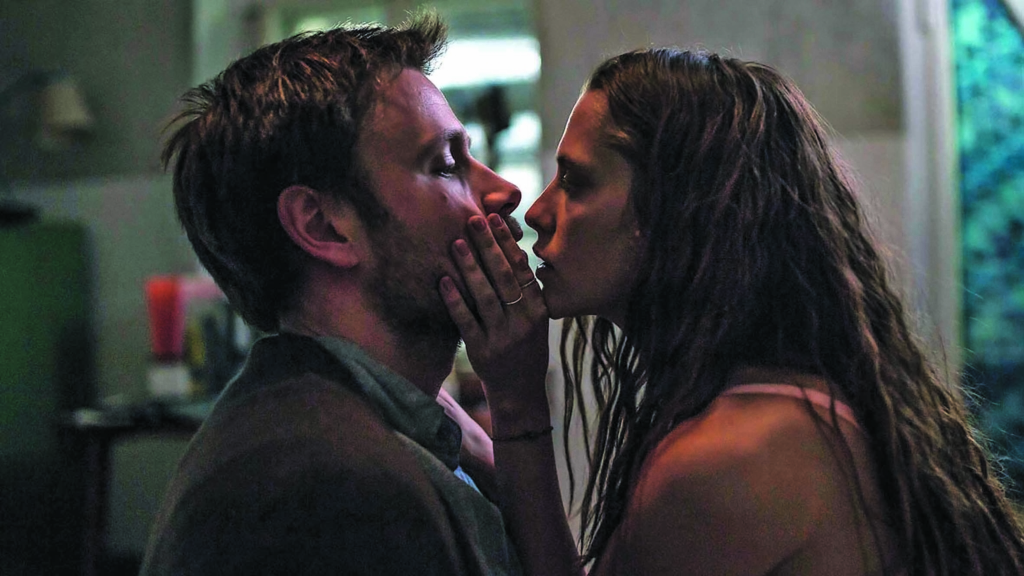
Women’s stories
Perhaps completely by accident, Shortland’s focus on stories about women set in Germany lends her voice a freshness in the Australian film landscape, both in terms of context and content. Her choices of location and female perspective give Berlin Syndrome its potency. It’s interesting to compare this film to another recent Australian work about an abducted woman, the bruising serial-killer thriller Hounds of Love (Ben Young, 2016). A cruel slice of varnished arthouse horror that had little concern for captive heroine Vicki (Ashleigh Cummings), in favour of raping, dog-murdering male lead John (Stephen Curry), the film evokes the real-life horrors committed by murderers such as David and Catherine Birnie[4]At a Q&A following the Brisbane Asia Pacific Film Festival screening of Hounds of Love, Young ‘noted that he’d researched nine real murderous couples to make his film “as believable as possible” and that “there was a couple in Perth who did something similar, but this isn’t their story”’; see David Crewe, ‘Lady Killers: Hounds of Love, Horror and Violence Against Women’, Metro, no. 193, 2017, p. 15. for stylishly gruesome but empty jollies. Hounds of Love has found greater critical reception[5]At the time of writing, the film has a 90 per cent ‘Certified Fresh’ rating on review-aggregator website Rotten Tomatoes; see, <https://www.rottentomatoes.com/m/hounds_of_love>, accessed 26 July 2017. than Berlin Syndrome, its in-your-face violence a more attention-grabbing hook than the subtle dynamics of gender found in Shortland’s film. When thinking about this, my mind went to another film about the evil that men do, as told by another antipodean female filmmaker: In the Cut (Jane Campion, 2003). That film, a messy and sexually aggressive thriller, sees Campion take the historically misogynistic erotic thriller genre and find, instead, a more formidable interest in her female lead’s confrontational psychology.
Berlin Syndrome revolves around a woman who audiences are likely to be confounded by … Clare is written as a role perched on a delicate wire between heightened genre archetypes and a mundane normality – an ‘everyday quality’, as Shortland has labelled it.
Similarly, Berlin Syndrome revolves around a woman who audiences are likely to be confounded by. Clare plays along with her captor, a tricky thing to convey on screen for actor and filmmaker alike. In one particular sequence, she wears the sexy lingerie Andi purchases for her and performs a dance routine that is as uncomfortable for the viewer as it is for Andi, who appears to be growing wary about his hostage’s ability to manoeuvre through his demands without meekness. Clare is written as a role perched on a delicate wire between heightened genre archetypes and a mundane normality – an ‘everyday quality’,[6]Cate Shortland, quoted in Brian Brooks, ‘Deadheads High on Long Strange Trip; Teresa Palmer Stars in Berlin Syndrome – Specialty Box Office Preview’, Deadline Hollywood, 26 May 2017, <http://deadline.com/2017/05/long-strange-trip-teresa-palmer-berlin-syndrome-specialty-box-office-preview-1202103015/>, accessed 26 July 2017. as Shortland has labelled it – allowing Palmer to flourish in what is, without a doubt, the best role of her career to date. Her character is a thrilling synthesis of the Aussie naturality found in her debut in 2:37 (Murali K Thalluri, 2006) and the genre theatrics seen more recently in the American ghost horror of Lights Out (David F Sandberg, 2016).
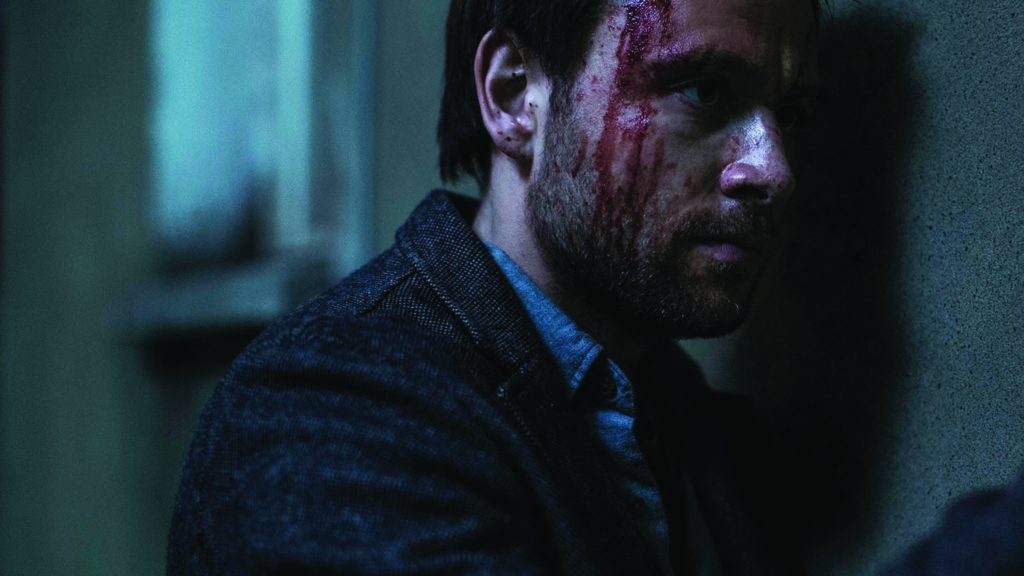
Palmer is the glue that holds Berlin Syndrome together when its well-intentioned ideas threaten to splinter apart and dissolve. One scene involving an excursion to a forest that is interrupted by another family will likely try the audience’s patience, as it doesn’t offer Clare a moment of cathartic release; this is offset, however, by the expressions of eager nervousness and then defeat etched across Palmer’s face. Likewise, Shortland’s choice to downplay the finale could be seen as anticlimactic, were it not for Palmer’s efforts to imbue Clare with a sense that she’s constantly thinking and evaluating – that, ultimately, she’s smarter than her captor believes. While Palmer and Riemelt have an undeniable chemistry, it’s Clare’s desires and inner strength that need to be communicated for the film to avoid the sort of exploitation that has permeated other titles dealing with similar themes. Shortland has crafted a film that confronts problematic perceptions of sexual- and emotional-abuse survivors, tackles the effects of trauma on society and our apparent willingness to let it manifest, and sustains a slowly evolving feminine perspective on genre films typically made through a male lens.
Perhaps, despite all of that, Berlin Syndrome’s best achievement is that it feels like an emotional cleansing for its female-driven creative team – a work that attempts to articulate the messiness of being a woman in modern society. Why didn’t she just leave? Didn’t she know better? These are useless questions when there are bigger details from other angles that need to be explored.
http://www.berlinsyndromefilm.com/
Endnotes
| 1 | Sarah Ward, ‘An Australian Filmmaker’s Visions of Germany’, Goethe-Institut Australien website, May 2017, <https://www.goethe.de/ins/au/en/kul/sup/kio/20983424.html>, accessed 26 July 2017. |
|---|---|
| 2 | Melanie Joosten, ‘The Story of My Book: Melanie Joosten on Berlin Syndrome’, Readings website, 11 July 2011, <https://www.readings.com.au/news/the-story-of-my-book-melanie-joosten-on-berlin-syndrome>, accessed 26 July 2017. |
| 3 | Ward, op. cit. |
| 4 | At a Q&A following the Brisbane Asia Pacific Film Festival screening of Hounds of Love, Young ‘noted that he’d researched nine real murderous couples to make his film “as believable as possible” and that “there was a couple in Perth who did something similar, but this isn’t their story”’; see David Crewe, ‘Lady Killers: Hounds of Love, Horror and Violence Against Women’, Metro, no. 193, 2017, p. 15. |
| 5 | At the time of writing, the film has a 90 per cent ‘Certified Fresh’ rating on review-aggregator website Rotten Tomatoes; see, <https://www.rottentomatoes.com/m/hounds_of_love>, accessed 26 July 2017. |
| 6 | Cate Shortland, quoted in Brian Brooks, ‘Deadheads High on Long Strange Trip; Teresa Palmer Stars in Berlin Syndrome – Specialty Box Office Preview’, Deadline Hollywood, 26 May 2017, <http://deadline.com/2017/05/long-strange-trip-teresa-palmer-berlin-syndrome-specialty-box-office-preview-1202103015/>, accessed 26 July 2017. |
